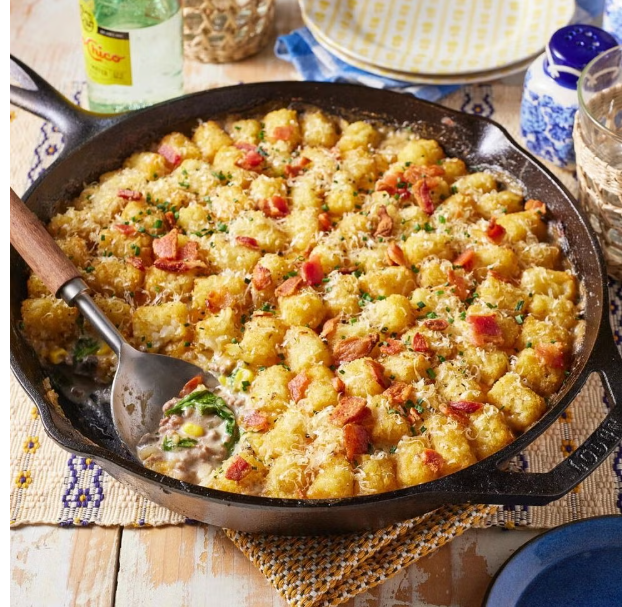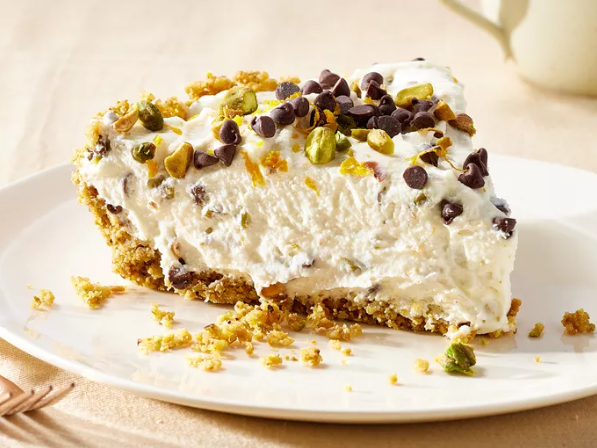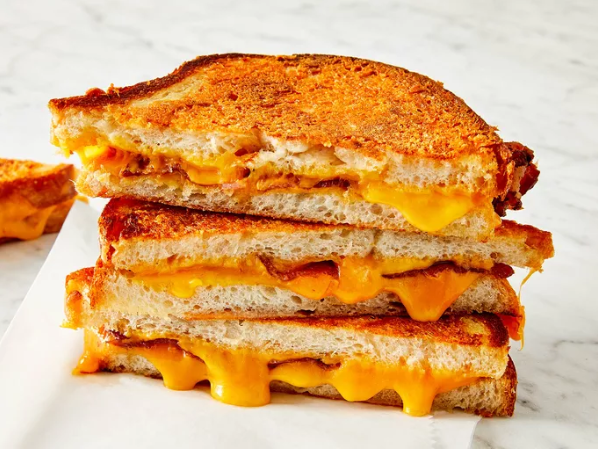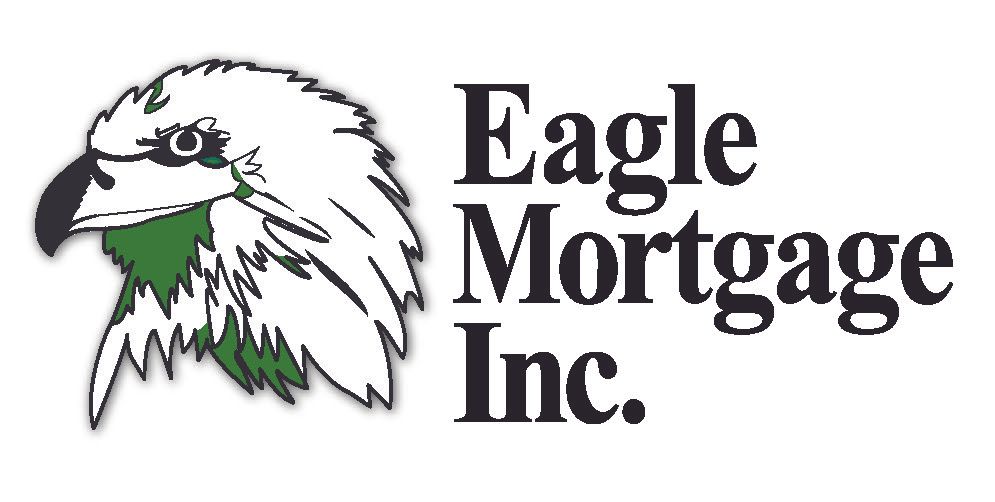Top Questions to Ask Your Mortgage Lender Before Signing
Navigating the world of home financing can feel overwhelming, especially with the intricate details hidden within mortgage agreements. To safeguard your financial future, it's essential to ask the right questions before committing to a lender. At Eagle Mortgage, we believe informed borrowers make the best decisions, so we’ve compiled the top questions you should ask your mortgage lender before signing any agreement.
1. What Types of Loans Do You Offer?
Understanding your options is key to choosing the best mortgage for your needs. Lenders typically offer a variety of loans, such as fixed-rate, adjustable-rate mortgages (ARMs), FHA loans, and VA loans. Each type comes with different terms, interest rates, and benefits. Ask your lender to explain the pros and cons of each option to determine which suits your financial situation best.
2. What Is the Interest Rate and Is It Fixed or Adjustable?
The interest rate directly affects your monthly payments and the total cost of your mortgage. Fixed-rate mortgages maintain the same interest rate throughout the life of the loan, offering stability in budgeting. Adjustable-rate mortgages, on the other hand, may start with a lower initial rate that changes periodically based on market conditions. Clarify the details, such as how often the rate can change and by how much, if considering an ARM.
3. What Are the Closing Costs?
Closing costs can include loan origination fees, appraisal fees, title insurance, and more, potentially amounting to 2-5% of the loan principal. Ask for a detailed breakdown of these costs early in the process to avoid surprises at closing. Inquire whether any part of these expenses is negotiable or if assistance programs are available to help cover them.
4. Are There Any Prepayment Penalties?
If you plan to pay off your mortgage early or make extra payments to reduce the principal, ensure that your lender doesn’t charge prepayment penalties. This clause can prevent you from saving on interest if you wish to pay down your debt faster. Confirm the terms so you don’t face unexpected fees if your financial situation allows for early repayment.
5. What Is the Minimum Down Payment Requirement?
Down payments vary, often between 3% and 20% of the home's price. A higher down payment can mean lower monthly payments and potentially better loan terms. Ask about the minimum requirement for your chosen loan type and whether private mortgage insurance (PMI) is necessary if your down payment is less than 20%. PMI adds to your monthly expenses, so understanding when it can be removed is crucial.
6. Can You Estimate the Monthly Payment and Total Loan Cost?
Knowing the total cost of your loan, including principal, interest, taxes, and insurance (PITI), helps you budget effectively. Request an itemized estimate of your monthly payments, including any PMI or HOA fees if applicable. This insight ensures you won’t overextend your budget once the mortgage is finalized.
7. How Long Does the Loan Process Take?
Understanding the timeline for processing your loan is vital, especially if you’re in a competitive market. Ask your lender about the average time for loan approval and funding. This helps set realistic expectations and allows you to plan for contingencies if there are any delays.
8. What Happens If My Financial Situation Changes?
Life is unpredictable, and your finances can change. Inquire whether the lender offers any flexible solutions, like payment deferments or restructuring options, in case of job loss or unexpected financial difficulties. Knowing your lender’s policies ahead of time can provide peace of mind.
9. Can I Lock in the Interest Rate?
Interest rates can fluctuate frequently. Ask if the lender offers rate-lock options and for how long. This feature can protect you from market changes during the loan processing period, ensuring you benefit from the rate quoted when you applied.
10. Are There Any Additional Fees or Fine Print I Should Know About?
Always ask for clarity on potential hidden fees or charges that could arise. These can include application fees, document preparation costs, or maintenance charges. Getting a clear understanding helps avoid unexpected financial obligations post-signing.
Taking the time to ask these questions can help ensure that you choose a mortgage lender and plan that align with your financial goals. For personalized mortgage guidance or any questions, contact Eagle Mortgage today. We’re here to support you every step of the way in making your homeownership journey as smooth as possible.




